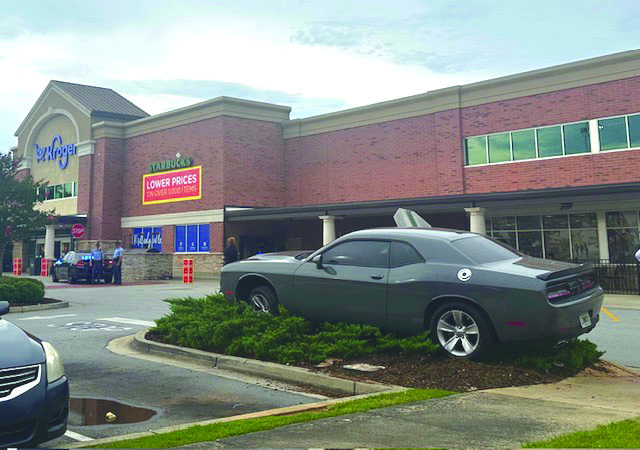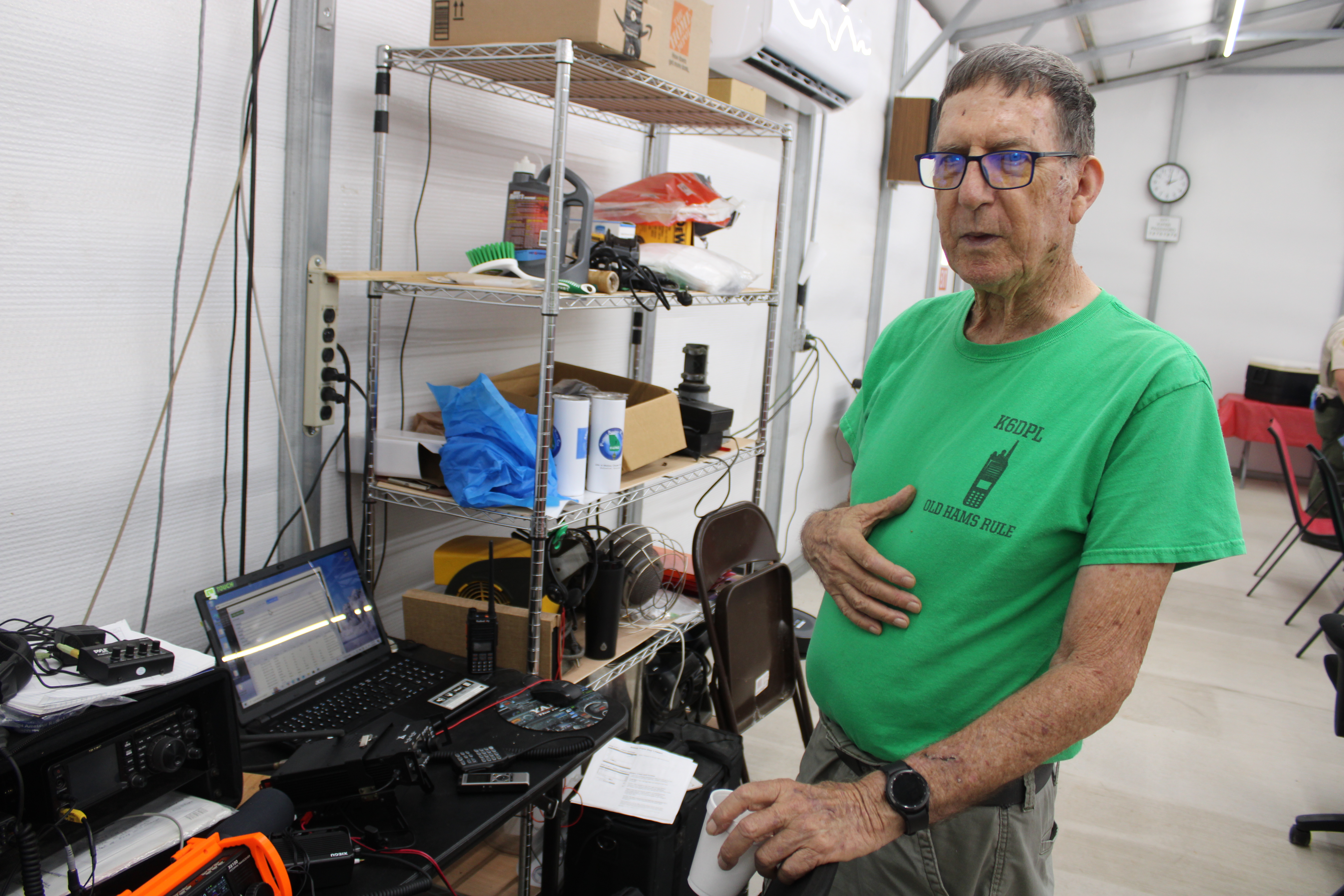Pound for Pound: Masters Minutiae
Published 10:08 am Wednesday, April 9, 2025
This week the center of the sports world lies on 365 acres about two hours east of here.
Masters Week has arrived.
Driving around Augusta, you’d almost never know that it is home to golf’s most prestigious tournament. But there on the overhead satellite map, just across Washington Road with its shopping centers, is an explosion of green. It’s the Augusta National Golf Club where every year, during the first full week in April, the best golfers in the world look to (temporarily) add a pop of green to their closets. That’s right. The Green Jacket traditionally awarded to winners is property of the Augusta National Golf Club. Each victor gets to take his jacket home for one year. After that it remains at the golf club, only to be worn during Masters Week.
Trending
Here are a few more tidbits about the tournament and the course.
The property was once a plant nursery
An immigrant Belgian family established Berckman’s Nursery in Augusta in 1856, and it grew to become the first large-scale horticultural nursery in the southeastern United States. Later the name changed to Fruitland Nurseries. It was the early 1930s when golfer Bobby Jones and New York investment banker Clifford Roberts started down the path of wanting to build a golf course. A friend recommended the Fruitland property as a site, and it was purchased for the tidy sum of $70,000. A quick internet search tells me that’s about $1.3 million in today’s dollars. I’m pretty sure Augusta National would go for quite a bit more than that if it were to hit the market today. Good investment, lads. Sidenote: Augusta National’s picturesque clubhouse was once the Berckmans’ home on the property, called Fruitland Manor.
The tournament went by a different name at first
In choosing a name for their national event, founders Jones and Roberts jockeyed between a couple. The banker Roberts wanted the Masters moniker out of the gate, but Jones objected, believing the name to be “too presumptuous,” per the Masters website. They initially settled on the much less iconic Augusta National Invitation Tournament to start. That title was used for five years from 1934 through ‘38. In ‘39, Jones gave in and allowed the name switch to what we all know it as today.
The name Amen Corner came from a journalist
Trending
One point to the good guys. Actually it’s at least the second instance I can recall of a reporter introducing a name or piece of iconography that stuck. The other was the University of Alabama’s association with the elephant as a mascot. Anyway, Sports Illustrated writer Herbert Warren Wind was the one who in a 1958 article dubbed the difficult stretch at Augusta’s 11th, 12th, and 13th holes Amen Corner. He got the name from a jazz song by Mildred Bailey, “Shouting in that Amen Corner,” which was a term used to describe sections of churches that led congregational responses. Those holes are often pivotal to a prospective champion’s chances of winning. Their beauty and positioning on the course make up a somewhat religious experience.
They make trees disappear
Hurricane Helene ravaged parts of Georgia this past hurricane season, including a lot of Augusta. You can bet the course saw its fair share of damage in the way of fallen trees and other debris. You can also bet there won’t be a single visible trace of it when you watch Masters coverage this week. During a particularly rainy and windy week in 2023, some trees actually fell while the tournament was being played. They were gone the next day. The Augusta National Golf Club makes trees disappear the same way bodies do in mob dramas. ‘If you don’t talk about it, it never happened’ type of thing. I’m guessing, though, that the grounds folks in Augusta use fewer cement shoes and more chainsaws while doing their dirty work.






